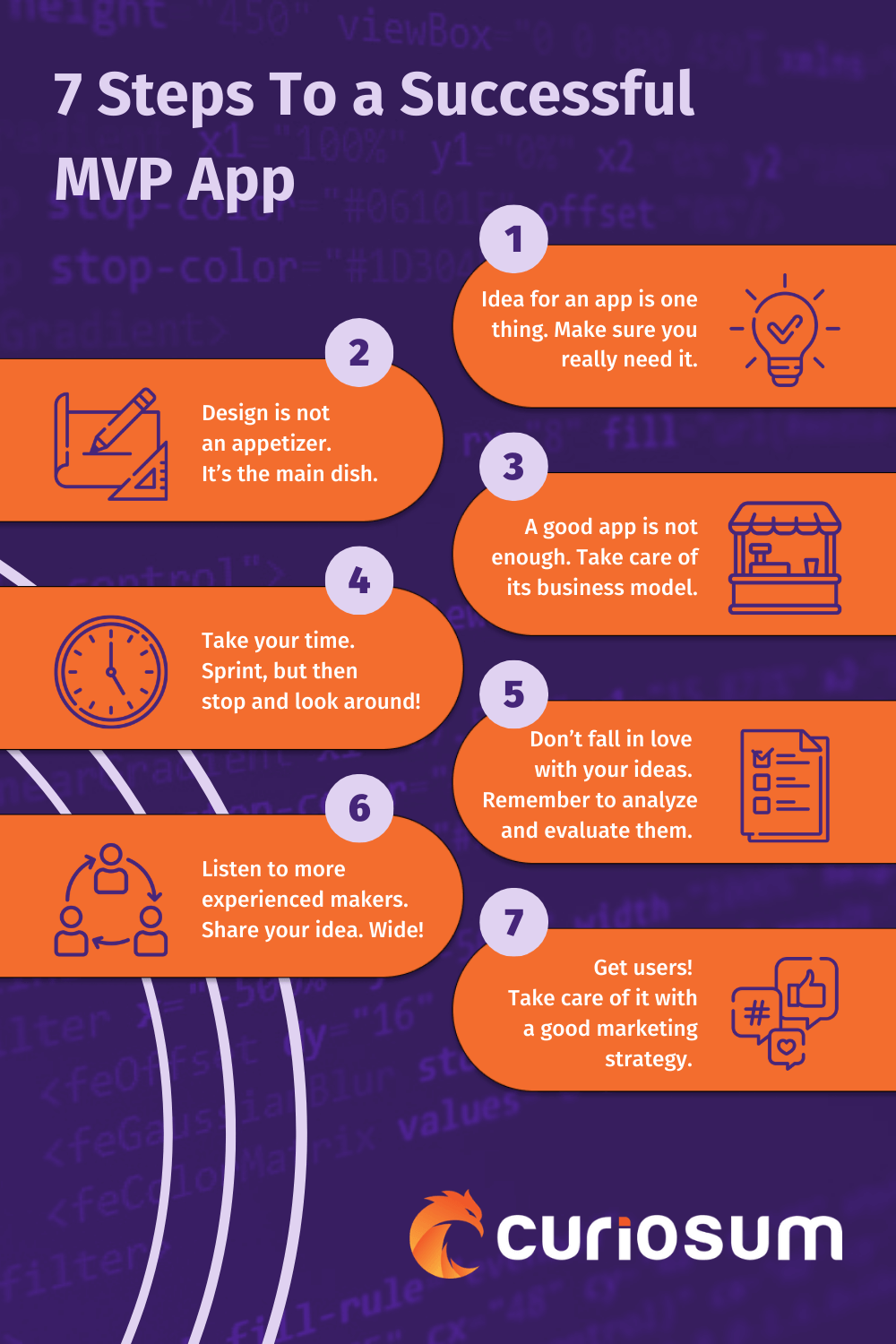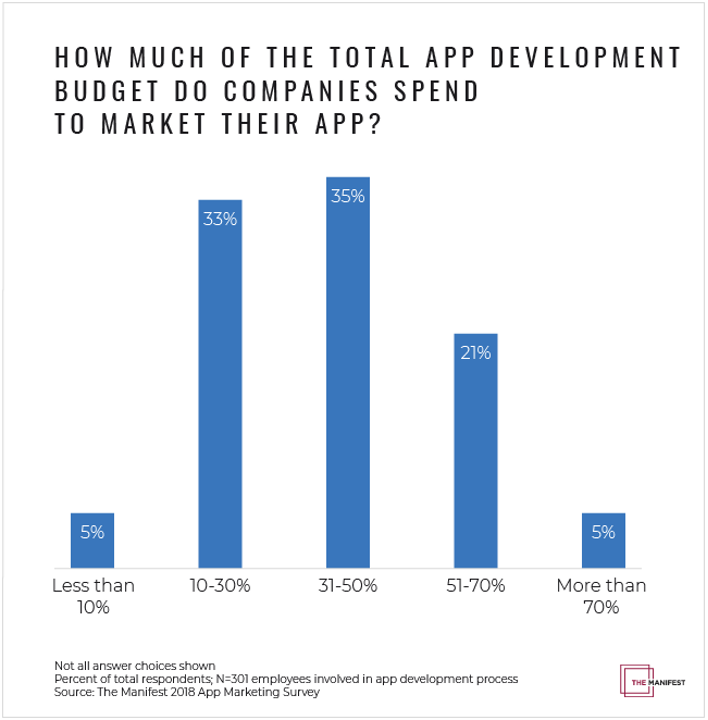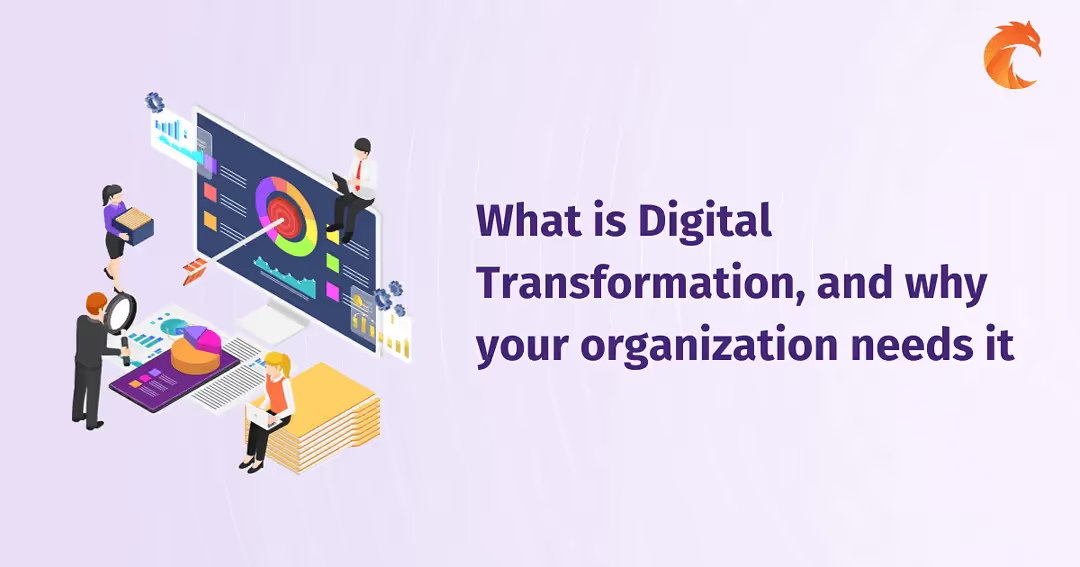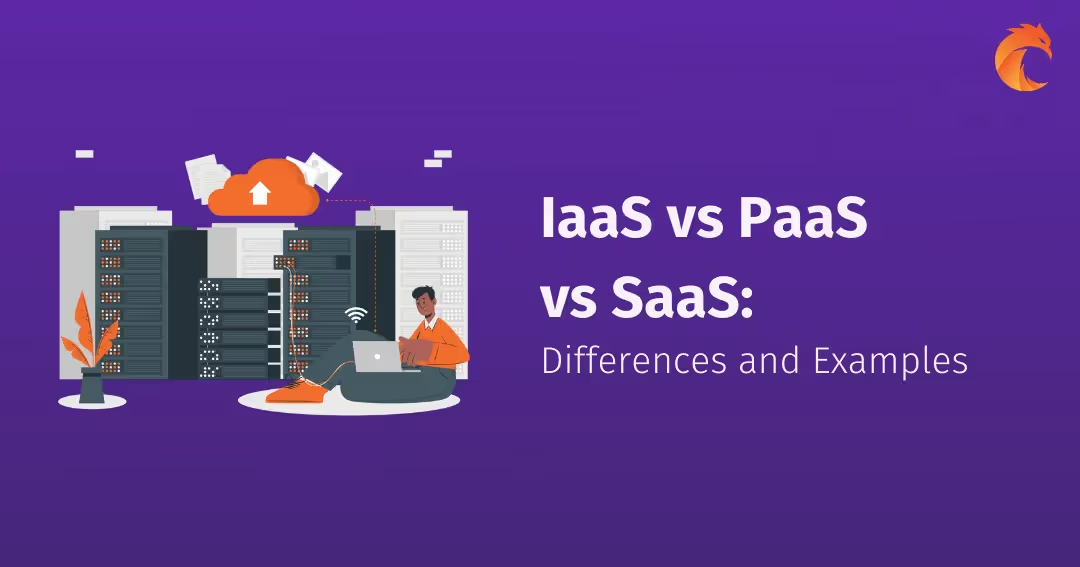7 Steps To a Successful MVP App


Building an app is not hard. Building a successful one can very well be.
I worked on many different apps for various companies in industries like e-learning, e-commerce, HR, and marketing, just to name a few. The challenges and demands of both customers and end-users changed dramatically in those years. This article is about overcoming those obstacles.
Many of the organizations I had the pleasure to work with were at the beginning of their quest for a digitalized product. MVP (Minimum Viable Product) was a vital part of that early effort. I even built one for my own startup! We have much more on that concept here, in our MVP Builder’s Bundle which I strongly advise you to read as well. Here are my 7 lessons from developing MVP apps. Enjoy!

Make damn sure you need it!
As a software house, which takes up outsourcing projects, we implore our partners to think twice if we do not think there is much business sense in the chosen solution. Especially with the choice of technology – multiple companies went down the path of mobile apps when a simple web app would be necessary. Some, on the other hand, sacrifice too much performance going this exact route.
If you are not a tech whiz and this is your first run at an app, consult at least with your development partners and make sure you don’t bite more than you can chew. Features you envision may require some technical foundations which you had not considered.
However, it’s not only about the tech decisions that you should consider twice at this point. It’s also about verifying if you really have a product-market fit, or your business value proposition is something that your future users are willing to pay for. I’ve seen projects where the MVP development process took around two years, just to find out at the end that users are not interested in this type of service at all.
Design is not an appetizer. It’s the main dish.
It is easy to be confused with the current design trends. Ultimately, many of the top apps look basically identical, and this trend has only grown in recent years. You know, light on vibrant colors, sans serif fonts, de-cluttering. So how do you stand out?
You do it through a holistic design approach. One that does not only focus on the looks but on the entirety of interactions between the human and the system. What goals and feelings may the user have at that point in the user journey? What does he/she want? That’s what we design for.
With this change of thinking it is easy to see how design must play a crucial role early on in the development process. At a minimum, consider tools like Nielsen’s 10 Heuristics for UI Design as a starting point. If you go over those, the evolution of most apps towards a similar style seems more understandable.
Dig deep into what the market really is
Founders often jump necessary steps over when starting their businesses. Trust me, they do, and I was one of them! I co-created a good app and acquired a nice user base but it wasn’t enough. In the end, if you want to succeed with your app you have to find a good business model. I failed at this step miserably.
This was a tough lesson early on, but one that paid dividends later. I learned a lot about the cruel reality of the market – you can have a great product, but that still does not mean you will earn money!
How to conduct market research? You do not have to go overboard at this stage. Look up your direct and close competitors on ProductHunt, AngelList, software comparison engines, type in relevant keywords in Google. See if there are patterns in features, pricing, and design that may come of use. Download and use similar apps and get to “feel” them. See if similar businesses flamed out and see if you can find out why.
Once you crystalize your market value proposition, start asking people whether it’s something that they would be willing to pay for. Keep in mind, that at this point you have to already know (or at least have a good guess) who’s your buyer persona.
Prepare for a marathon
What are your expectations, like, really? Do you see yourself in a Bentley in a year, counting your app $$$? I have to disappoint you - probably it won’t happen.
The path to success is not a straight line. I’ve worked to enable dozens of great attempts with my code. And some of those, led by bright, great entrepreneurs, still failed.
Why? Because at some point you either have to evolve, or accept the status quo, or accept outright defeat. Sometimes we figure out the right action too late. But one thing is absolutely sure. You have to put in the time, give yourself the mandate to iterate, and burn through adequate time and resources before an idea or a prototype starts being profitable.
The step-by-step iterative approach is also much better at evaluating and finding problems with your approach, and therefore is usually less expensive in the long run. Sprint, but then stop and look around!
Stuff won’t work. Test relentlessly.
And I'm not talking only about technical stuff, like finding bugs or making features actually work. Your app is not only code but also, it’s a messaging, design, values, and emotions that it wants to convey.
Grabbing from the UX researcher’s toolbox, consider running a usability and attitude test. Bounce off your messaging from a tiny focus group – a varied collection of experiences, that will look on your app from different perspectives. If you have a fork in the road – there are A/B tests. Running tests early on gives you a stronger mandate to prioritize some features over another. It can improve your UI or even give you hints about how to position your app on the marketplaces like PlayStore or App Store.
Don’t fall in love with your ideas. Instead, learn how to analyze and critically evaluate them. In the end, what matters the most is whether users like something or not – not you! If you do the tests right, you can quickly make the right choices instead of wandering in the dark.
Share your idea. Wide!
There is a reasonable fear that someone out there is stalking to steal our great idea. But an idea is not enough in most circumstances. Devil is always in the details, and it is hard to “steal” a business/app idea.
Going back to my experience and countless conversations I had about the early days of app creators, a huge factor in early development and success is outside assistance. That does not mean you have to give 50% of your company to a random investor for scraps – at the MVP stage, it's about know-how and advice just as much as cold hard cash.
Entering mentorship programs is a structured option, but in most cases, grabbing a coffee or a Zoom (is “Zooming” a verb already?) with more experienced friends from our business network should be a good start. Make a list of questions, and prepare to pitch your idea as if they were to buy your company. Explain the business model if you can. The more friendly eyes on your idea early on, the better.
If you need that conversation but have no idea who to talk to – drop me a line at Linkedin or share contact info here, we can arrange something!
Marketing is the sail of your new ship
You will not go so far without users. Finding them is basically marketing’s job.
A carefully constructed marketing plan is a must. Every day, marketplaces like Apple App Store are receiving thousands of new apps submissions, and to stand out, a great idea and app may not be enough.

As you may see, most companies spend more than 30% of their total budgets on marketing. Marketing can also be implemented in the app itself, with gamification, rewards and badges, loyalty programs, and other incentives. Fight for earned media, which gives you not only visibility but also a form of social proof.
Summary
I presented to you 7 lessons that I learned as an MVP apps builder. This is not a definitive list.
I only scratched the surface when it comes to what you need to learn to develop a great application. I’d like to leave you here with one last piece of advice:
Think about this journey as not only a must-win path but rather as a way to learn, as much as possible. If you’ll have a market fit, great product or service, and enough will to work on it, you’ll succeed. On the other hand, if your app will not become “next Facebook/Uber/Airbnb”, you’ll learn a lot anyway - as I did. This knowledge may be the reason why, in the end, you will succeed after all with another MVP app.
Ready to scale your business with the right tech partner?
Related posts
Dive deeper into this topic with these related posts
You might also like
Discover more content from this category
In the era of rapid technological advancements, embracing digital transformation is no longer a luxury but a necessity for organizations striving to stay competitive and thrive.
You came up with an idea where you see the potential to create your own app. I assume that you are looking for information on the Internet or groups of business environments, how to check if your investment will find users and have sales potential.
Cloud services have been gaining more and more popularity for several years. It is estimated that in 2022 as many as 94% of companies are already using software based on cloud computing.





